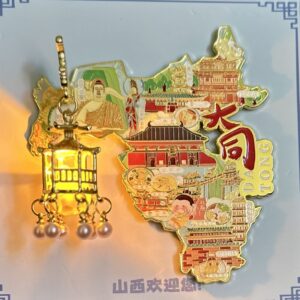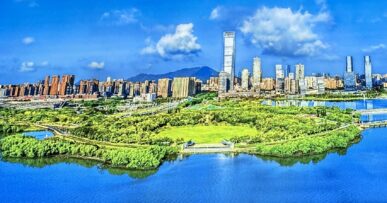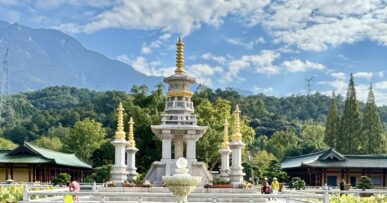- Jiuzhaigou – one of China’s Natural Masterpieces
- Leshan – a cornerstone of Chinese Buddhist heritage
- Chengdu – home of pandas and spicy food
- Datong – Carved in Stone, Alive with Spirit
- 5 hotels with character in Jiangxi
- 5 Unique Ancient Villages in Jiangxi’s Wuyuan County
- Jiangxi – a land of mountains, rivers and ancient towns
- Shenzhen – a multi-faceted modern city
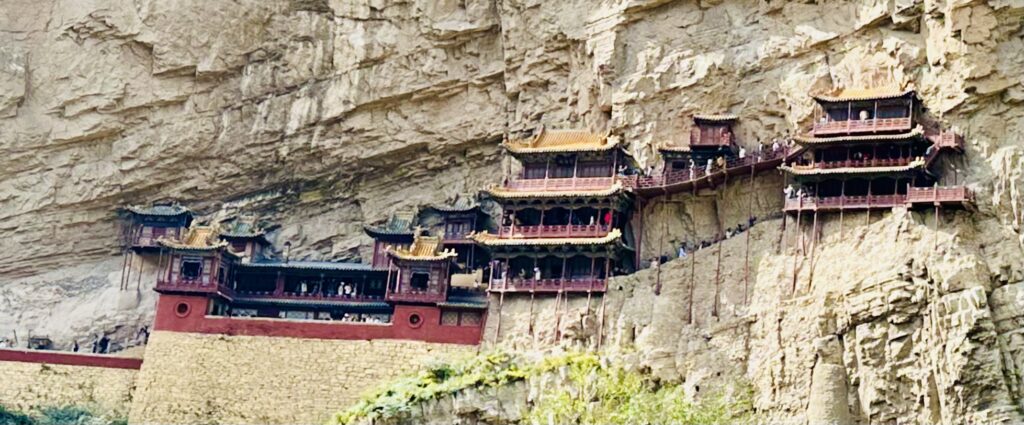
The Wing On tour group to Inner Mongolia that my sister joined started and ended from Hong Kong to and from Datong in Shanxi province.
Datong
I had not realised that Datong is an important city in its own right on many levels. It may not be a first-tier global city like Beijing or Shanghai, but it holds immense historical and cultural significance. I’m particularly impressed by the spirited way that Datong constantly adapts to the evolving world!
It was an ancient capital from 398 to 494 AD, during which period Buddhism became deeply entrenched in China. It was also a key part of the Great Wall defence system against nomadic incursions from the Mongolian plateau.
Datong sits on one of China’s largest coalfields and was known as the “Capital of Coal” but with China’s focus on clean energy in recent years, Datong had to adapt, and fast!
Datong City Walls – restoration or reconstruction?
The “alive in spirit” part of the title relates to ambitious idea to connect the city’s ancient glory as a capital with its modern-day revitalisation. The massive and comprehensive restoration and reconstruction programme between 2008 and 2013 saw Datong transformed from a polluted industrial city to a cultural tourism destination.
While major temple complexes underwent significant restoration of the original structures, with some reconstruction of lost auxiliary buildings, the Ming Dynasty-era city walls were largely rebuilt to reclaim its historic identity.
Whether the city walls were restored or rebuilt, they were a magnificent feat.
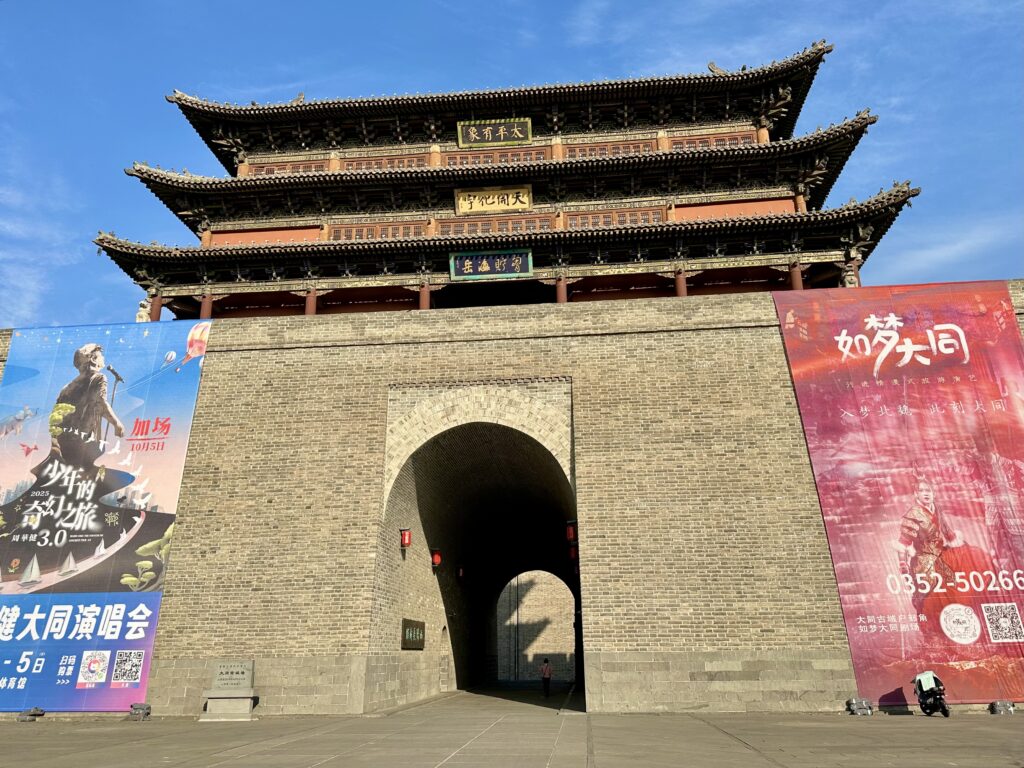
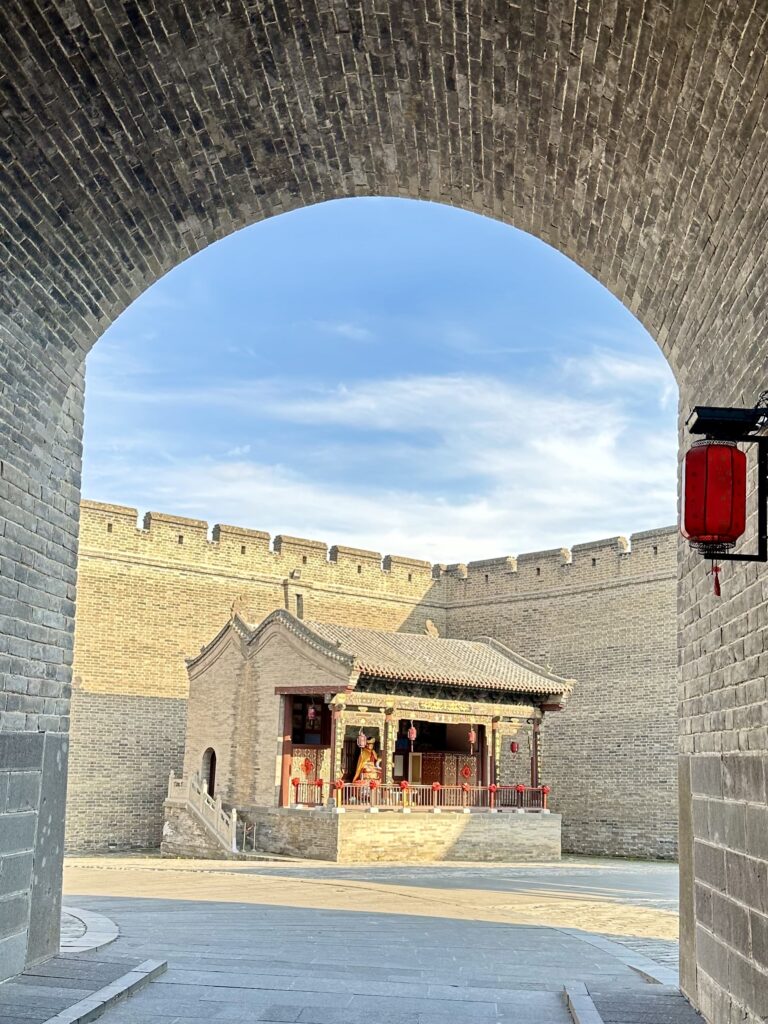
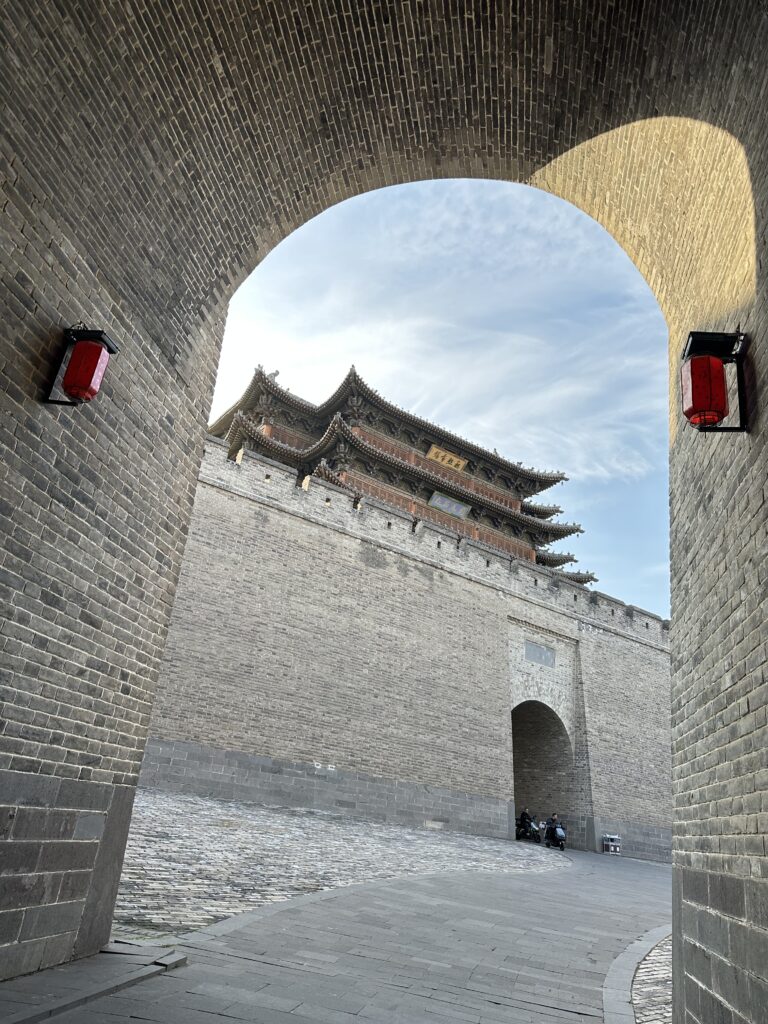
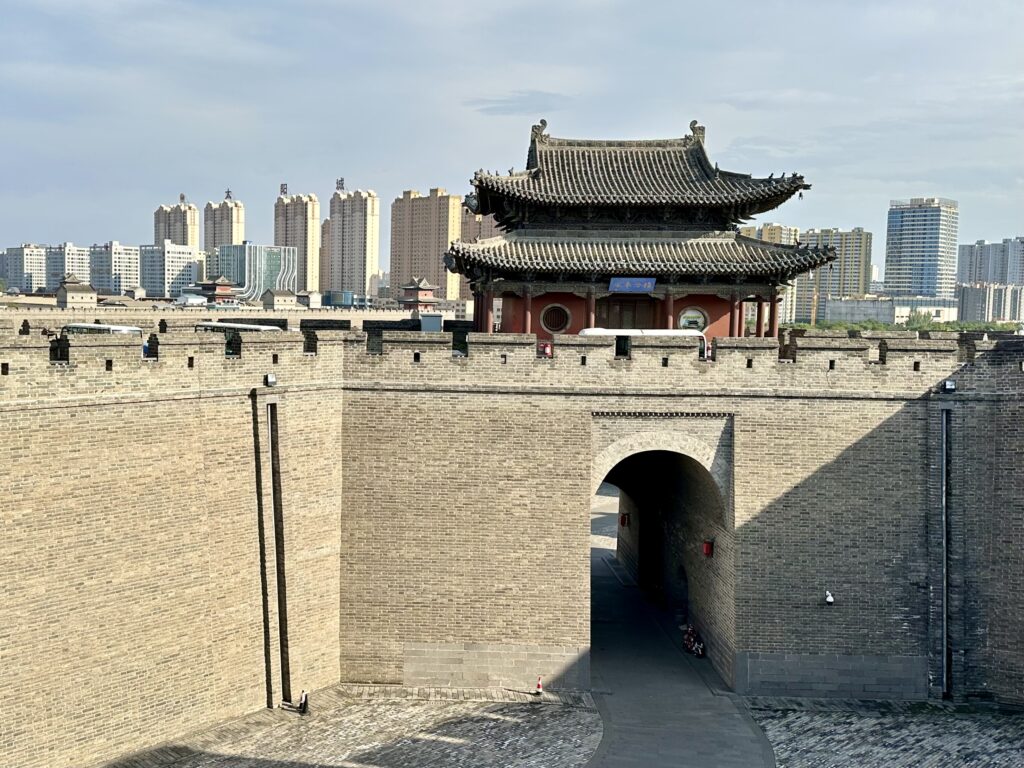
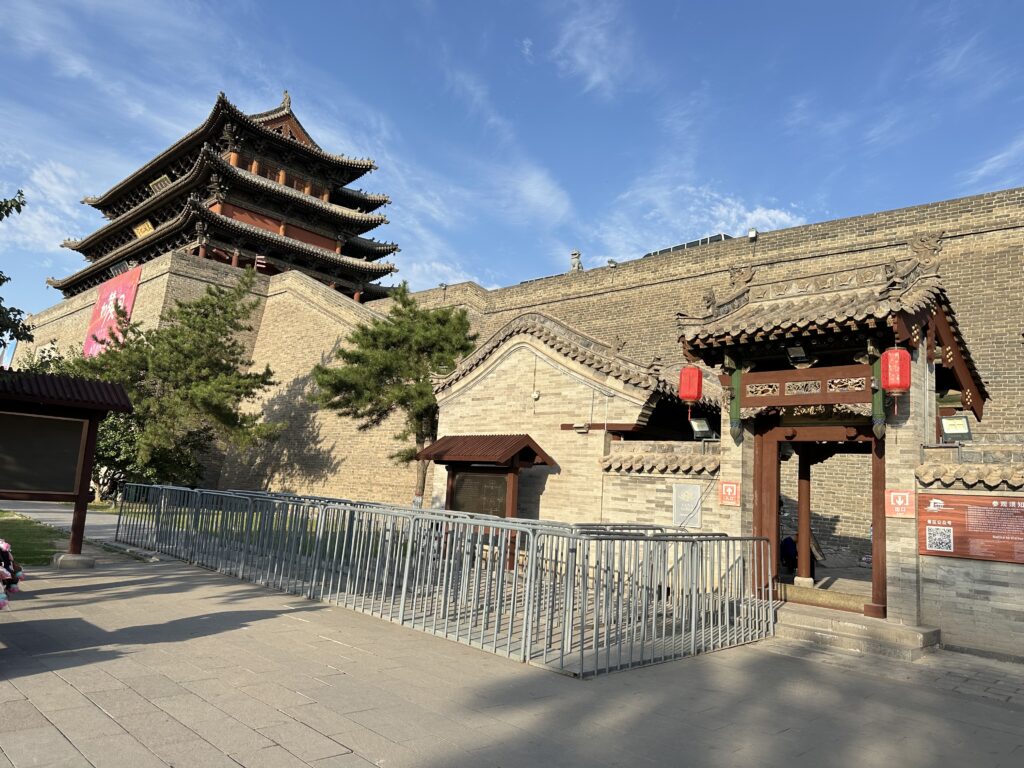
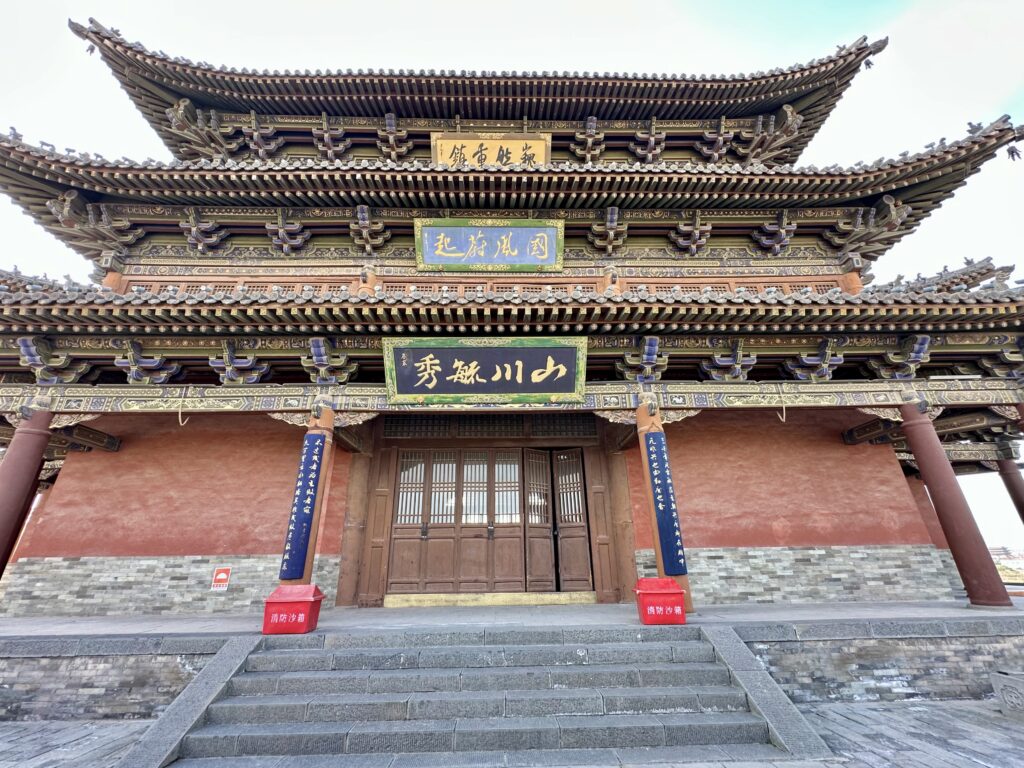
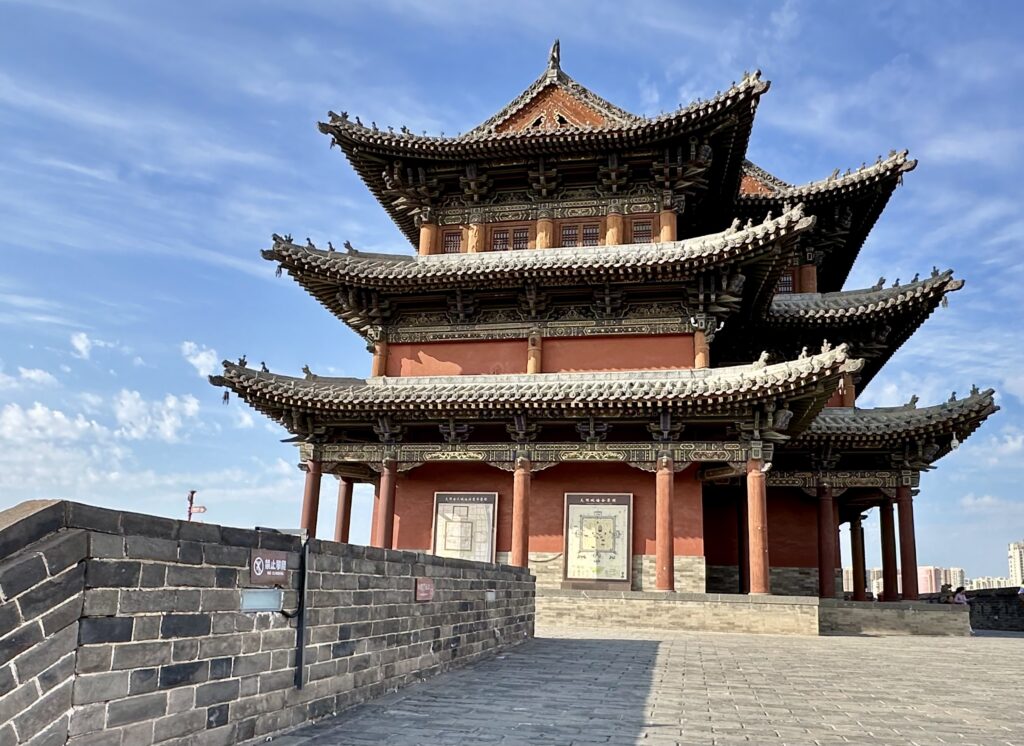
Datong Ancient City
Although Datong Ancient City is primarily a modern recreation built in a historical style, it frames the genuine ancient sites within it and is no less spectacular for it. Indeed, it’s a great example of urban transformation from industrial decay to cultural revival.
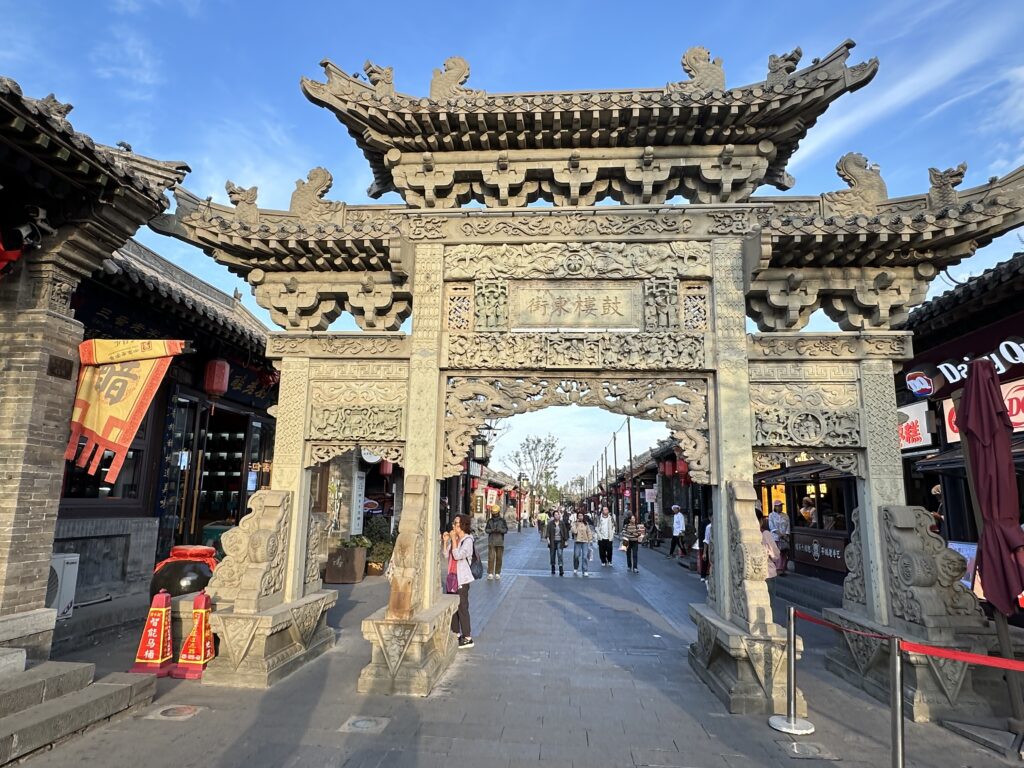
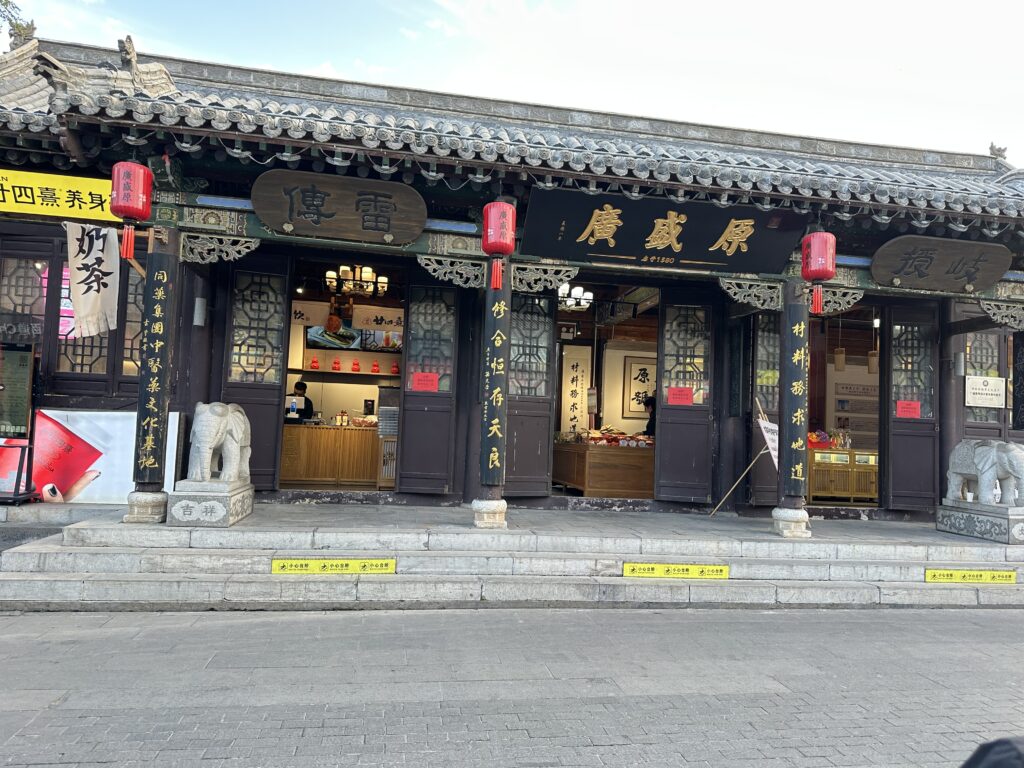
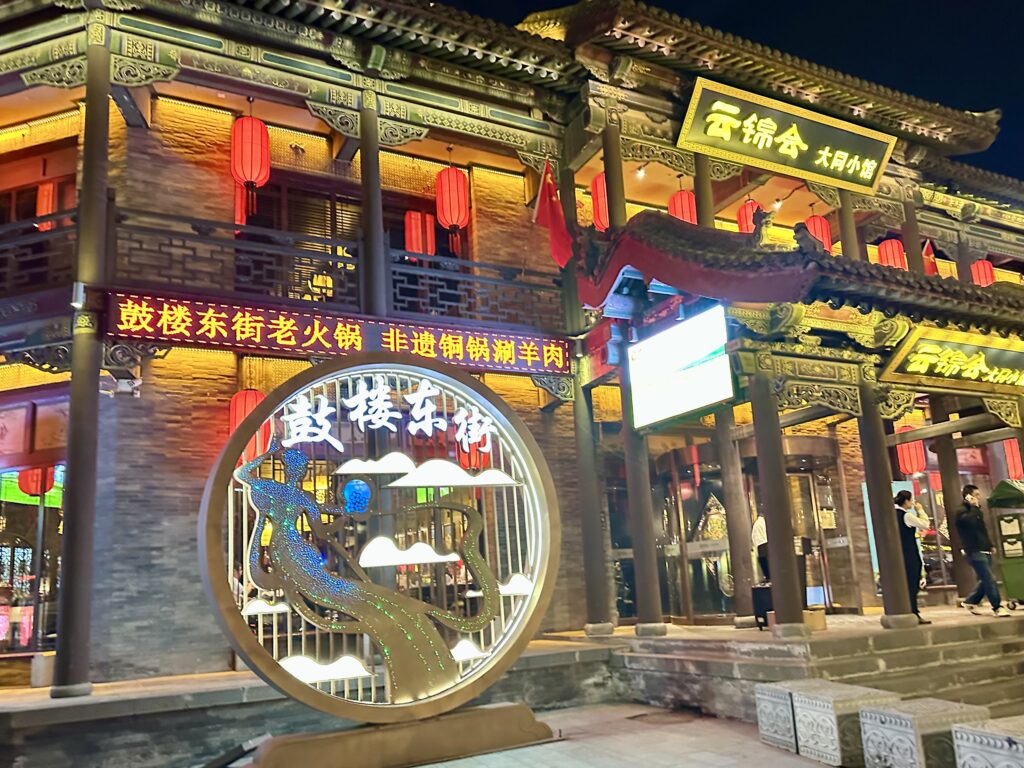
Datong Ancient City is a thriving and bustling hub with businesses of all sorts: from studios hiring out Hanfu (costumes from the Han-dynasty period) for photos to eateries serving local delicacies. It came to life when the place was lit up at night.
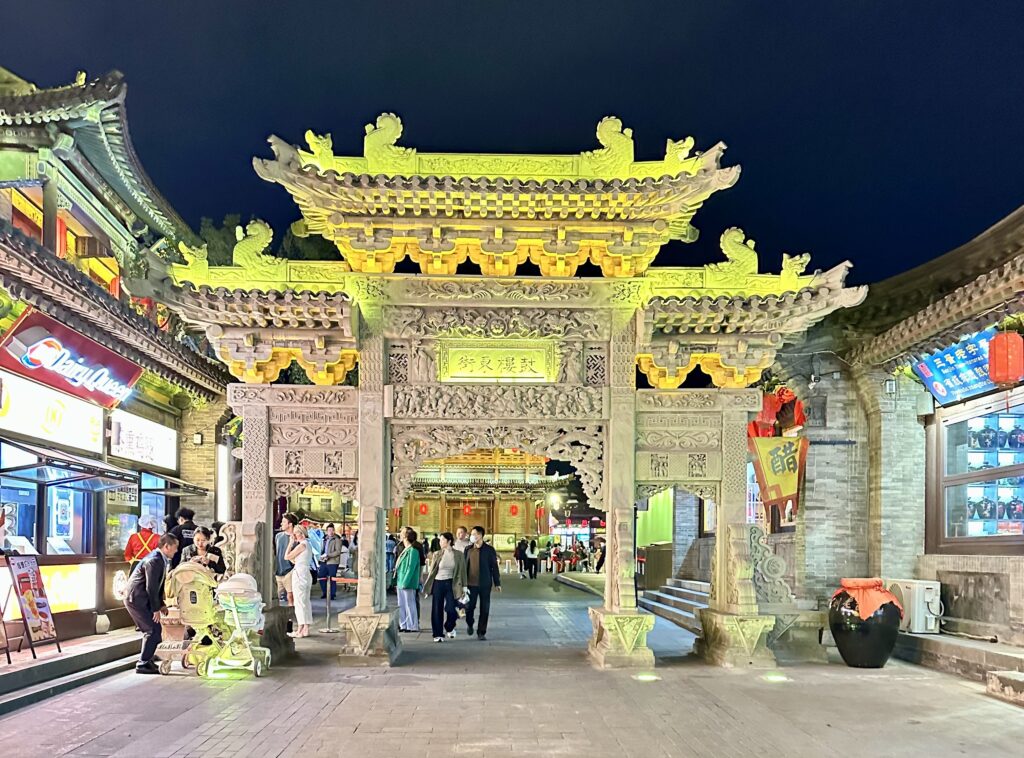
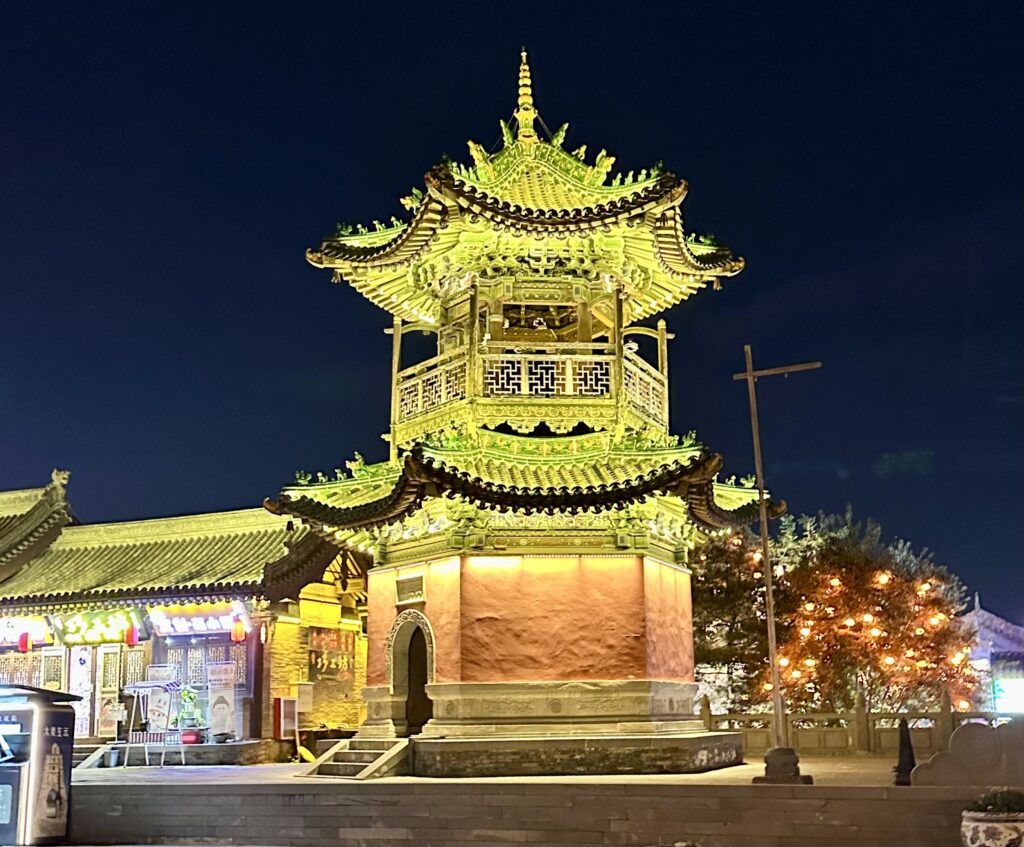
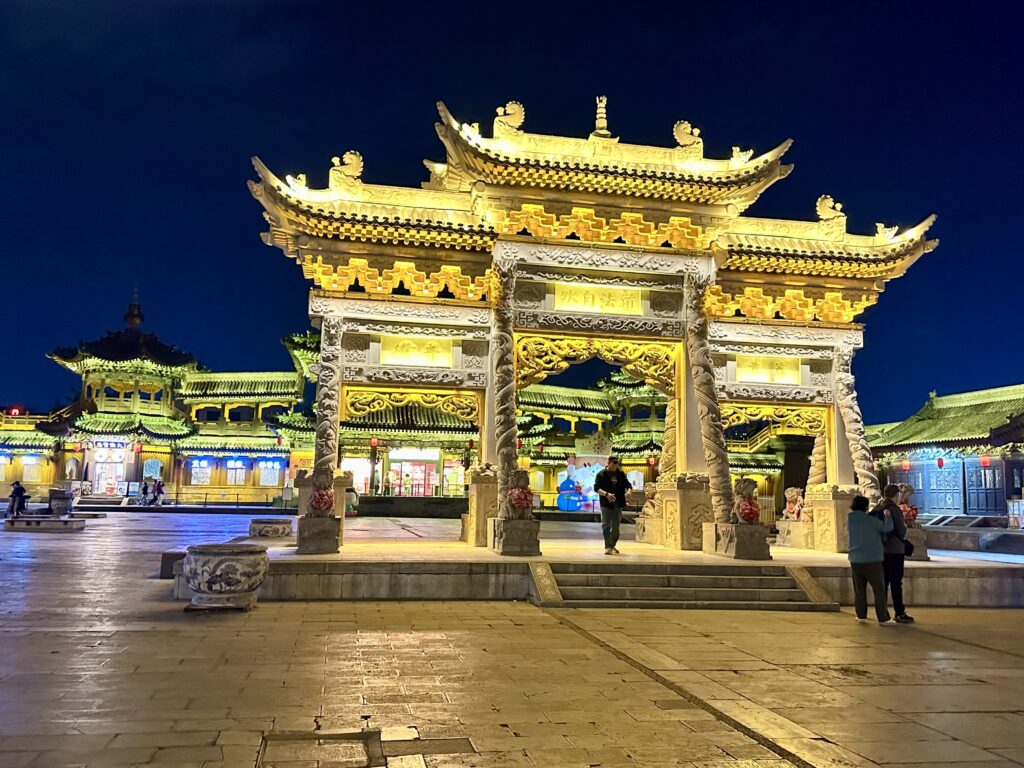
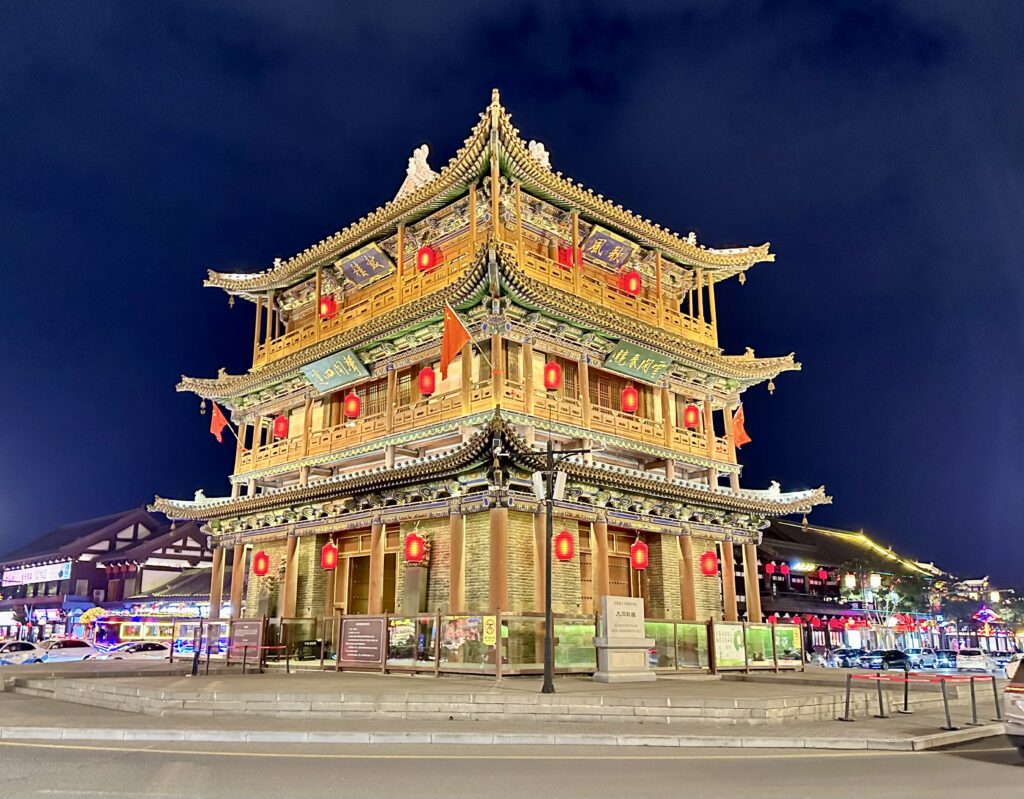
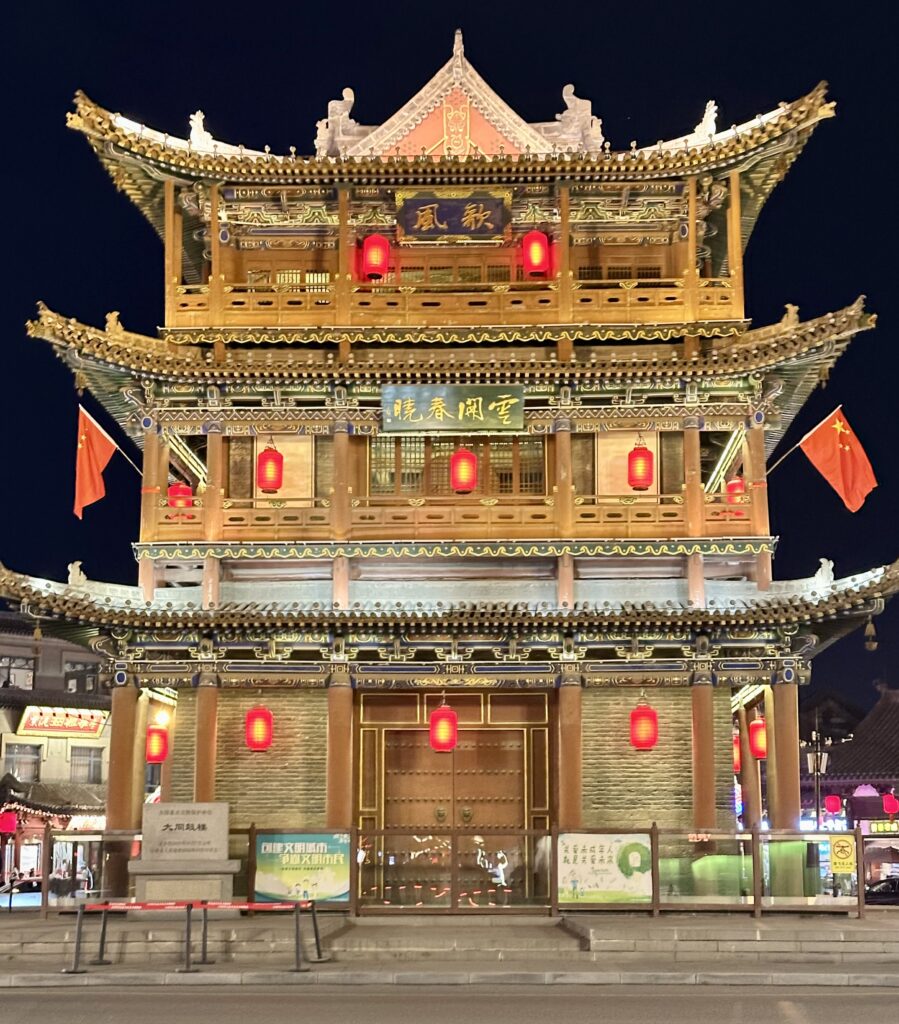
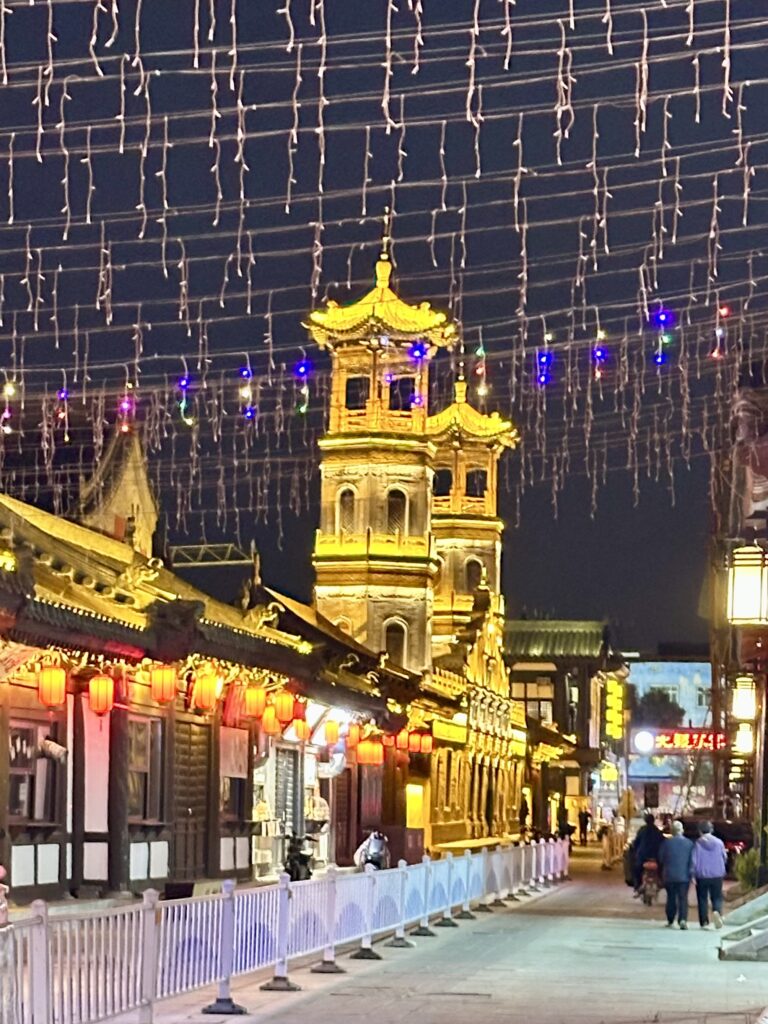
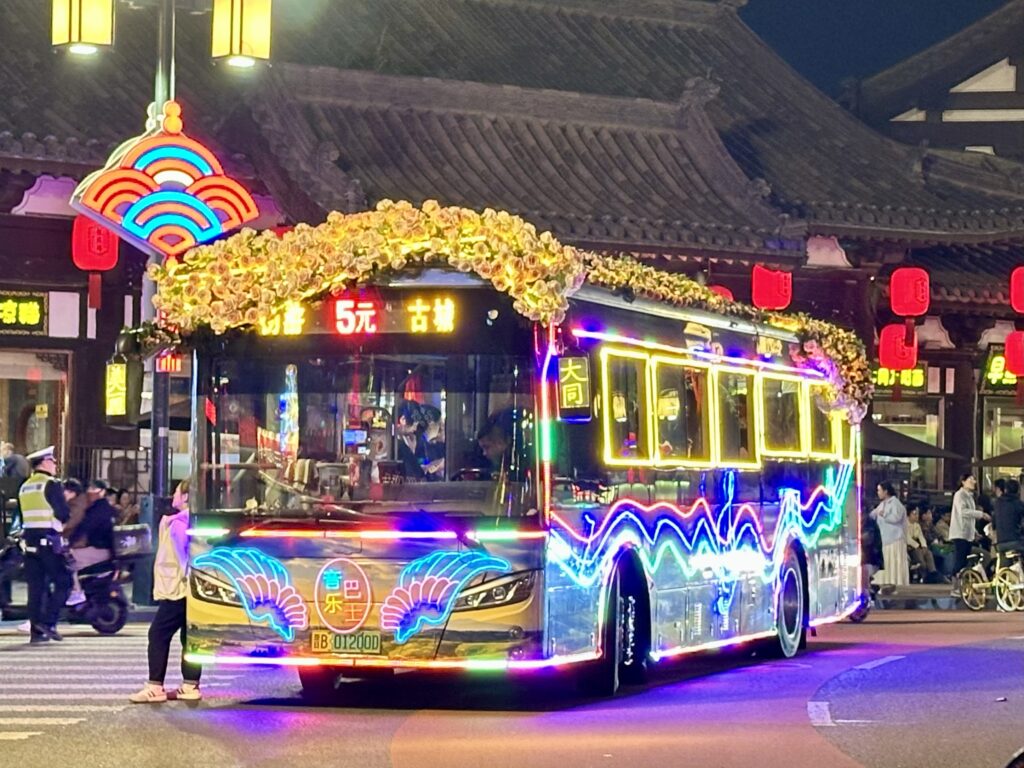
Yungang Grottoes (云冈石窟)
Given Datong’s deep-rooted history in Buddhism, it’s hardly surprising to see carved Buddhist deities and temples everywhere!
The awe-inspiring Yungang Grottoes are a UNESCO World Cultural Heritage Site. They’re one of the “four major cave art treasures” of Buddhism in China. Carved into sandstone cliffs over 1,500 years ago, comprising 252 caves and over 51,000 Buddhist statues, they represent a crucial fusion of Indian, Central Asian, and Chinese artistic traditions.
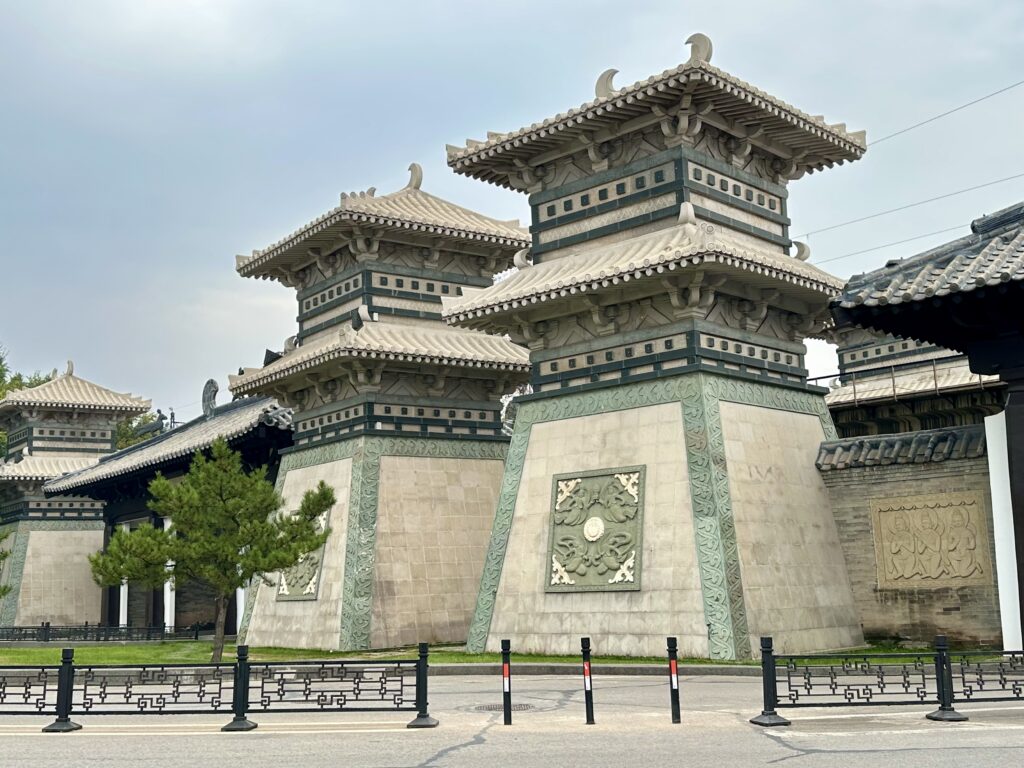
These grottoes hide a wealth of sandstone carvings. Even for non-Buddhists, the intricate carvings inside are still a marvel to behold!
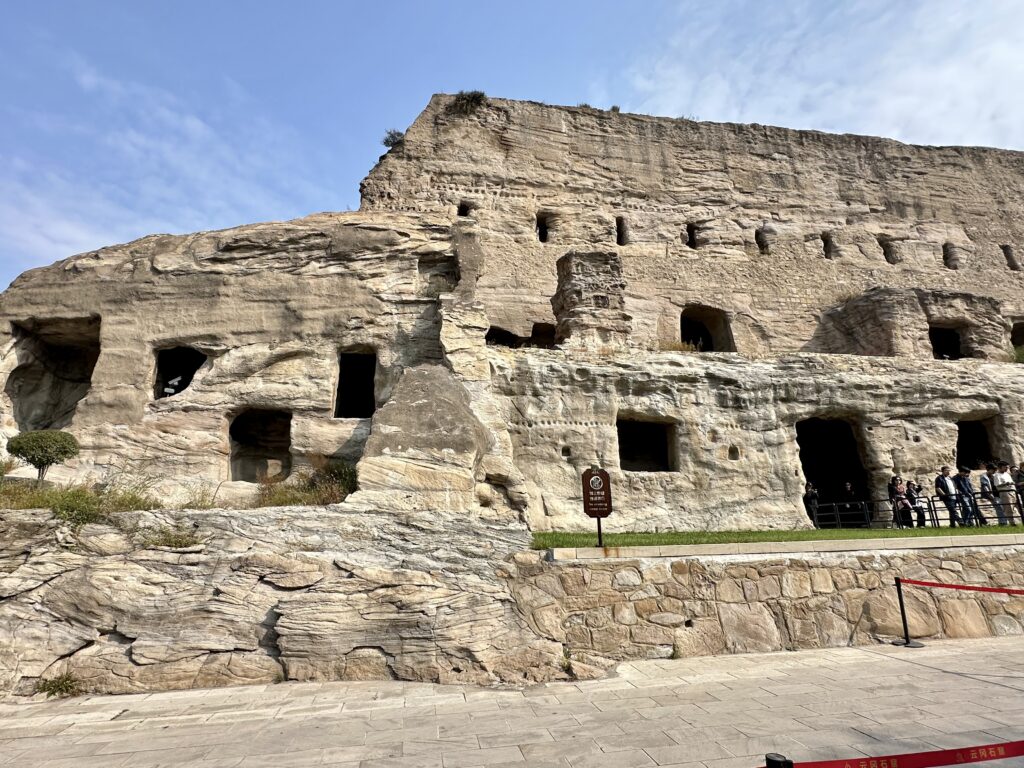
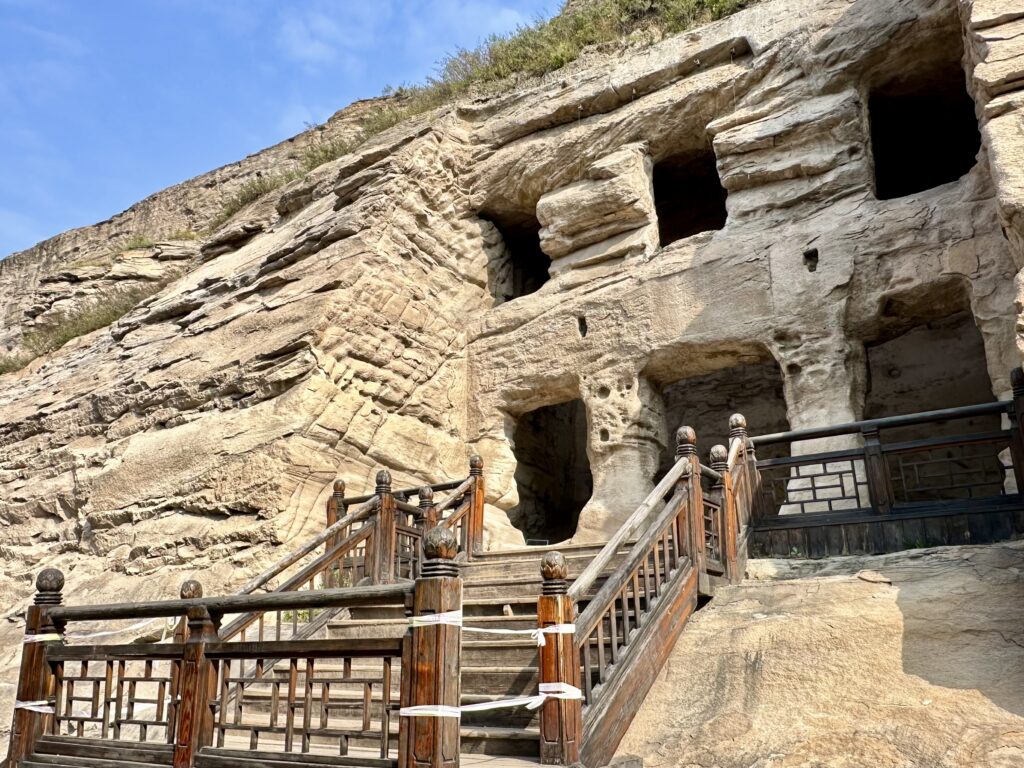
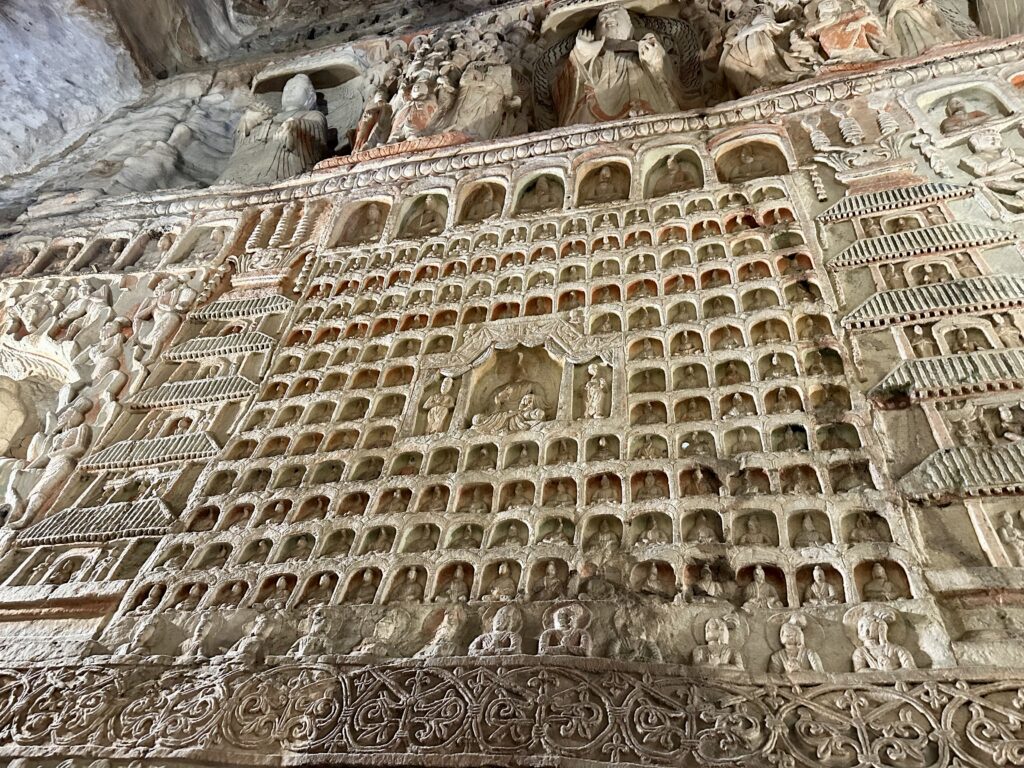
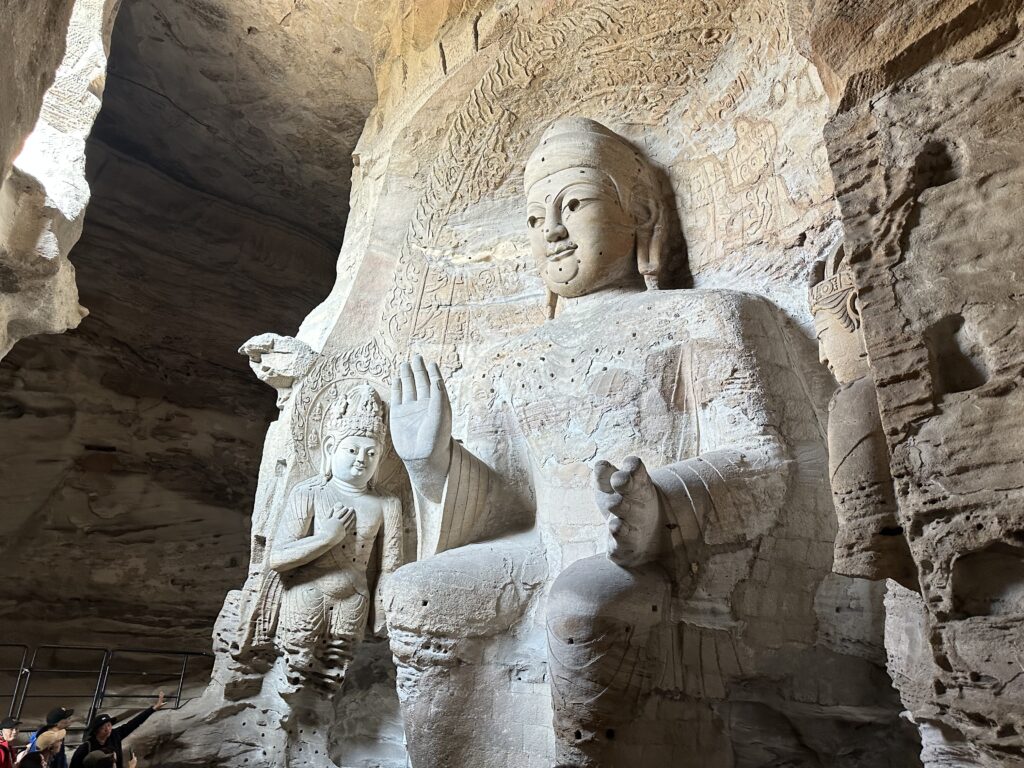
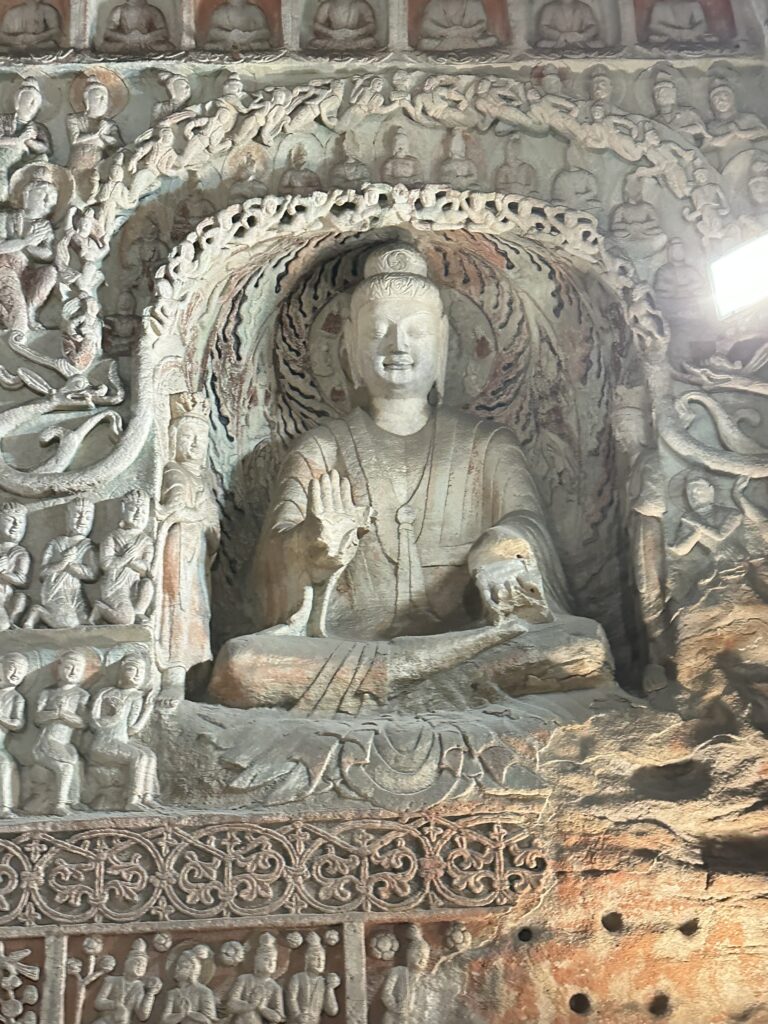
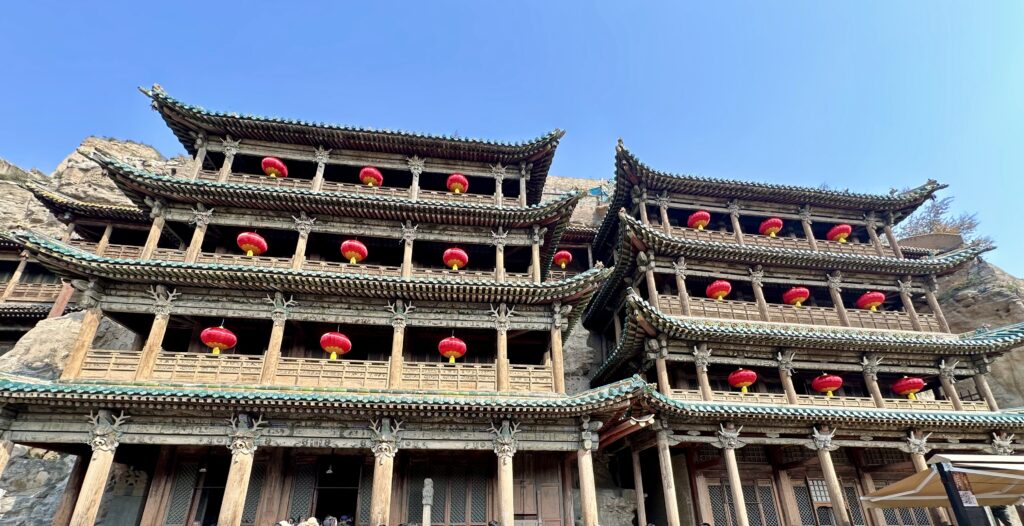
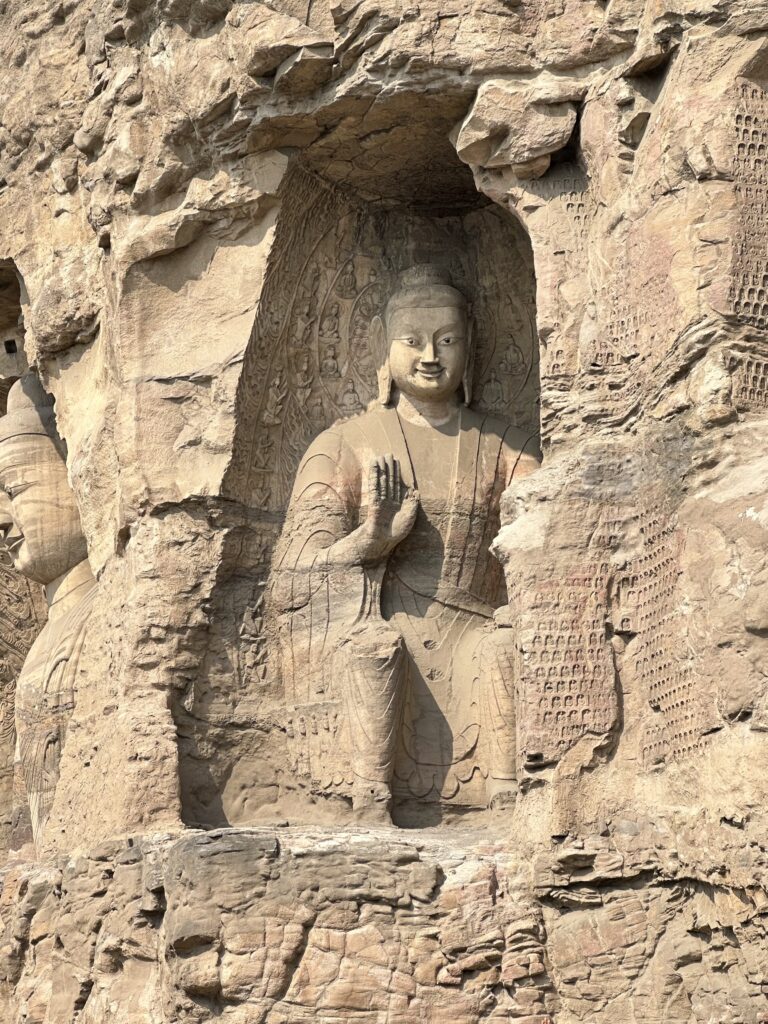
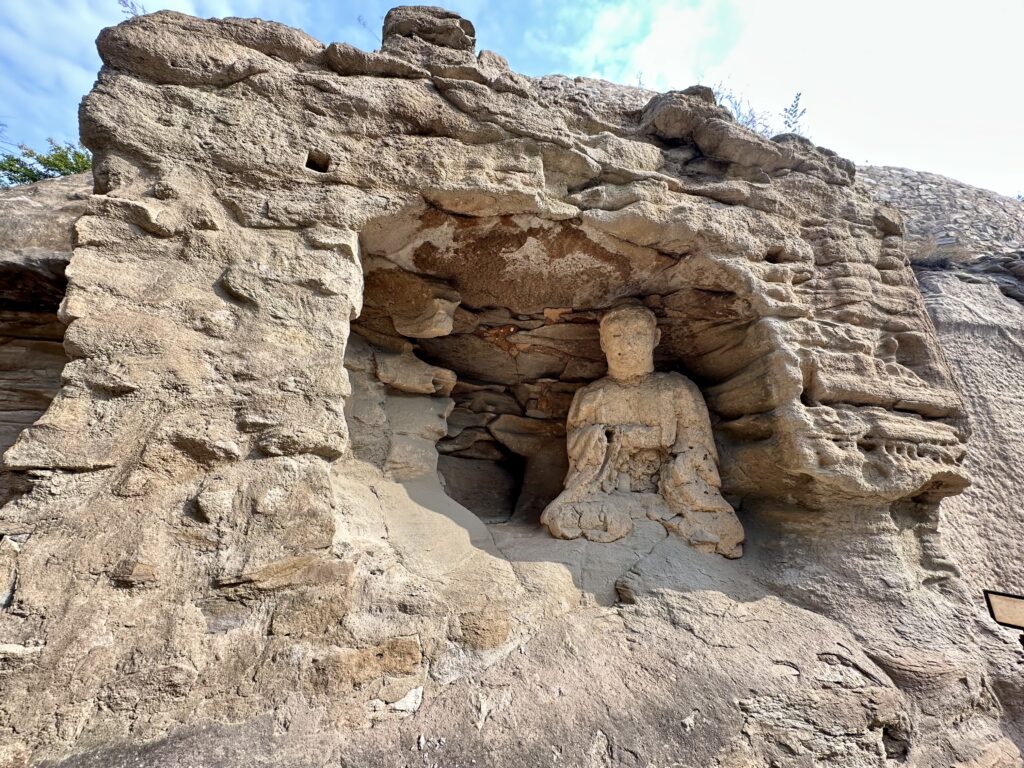
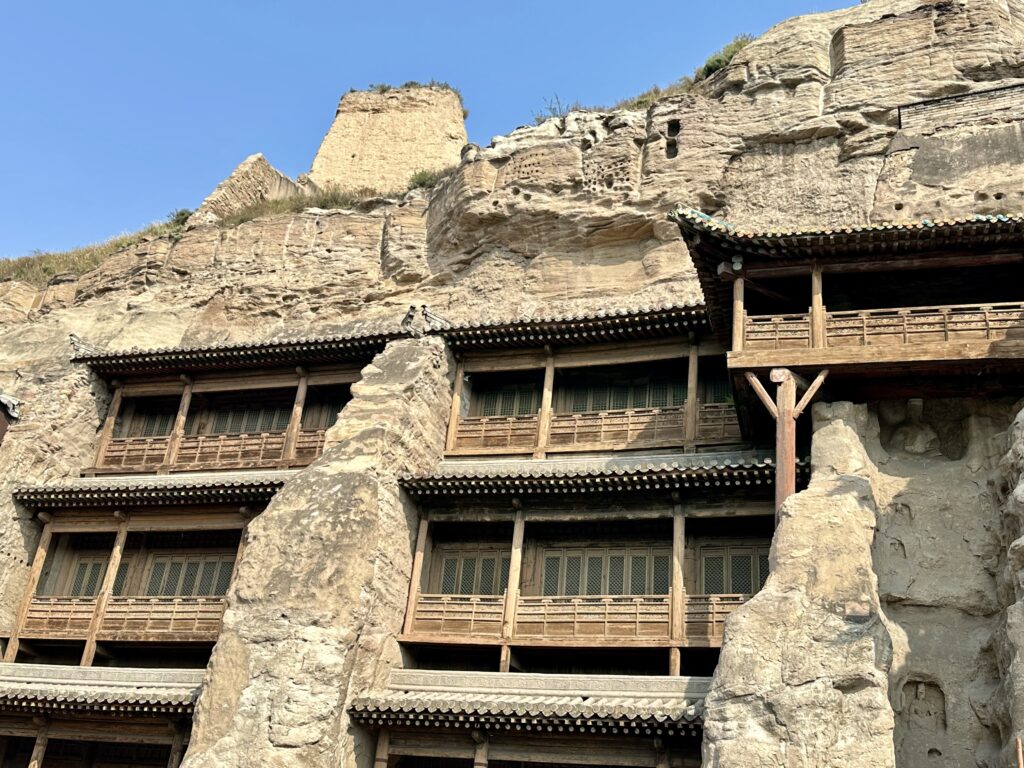
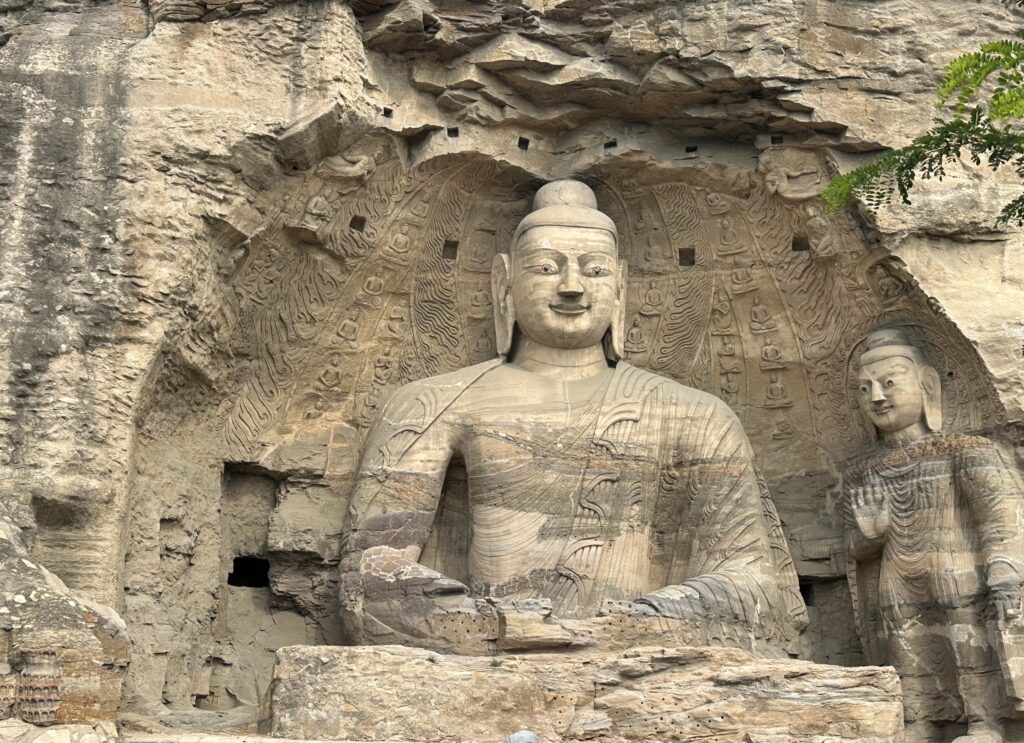
Nine-Dragon Screen Wall
The screen wall of the palace of Zhu Gui, the thirteenth son of Zhu Yuanzhang (founder of the Ming Dynasty) has a history of more than 600 years, though the palace has been relocated and rebuilt nearby. The Wall is now listed as one of the key cultural relics protection sites in China.
The Nine Dragon Wall is about 8 metres high and 45.5 metres long, made of more than 400 specially made colourful glazed components.
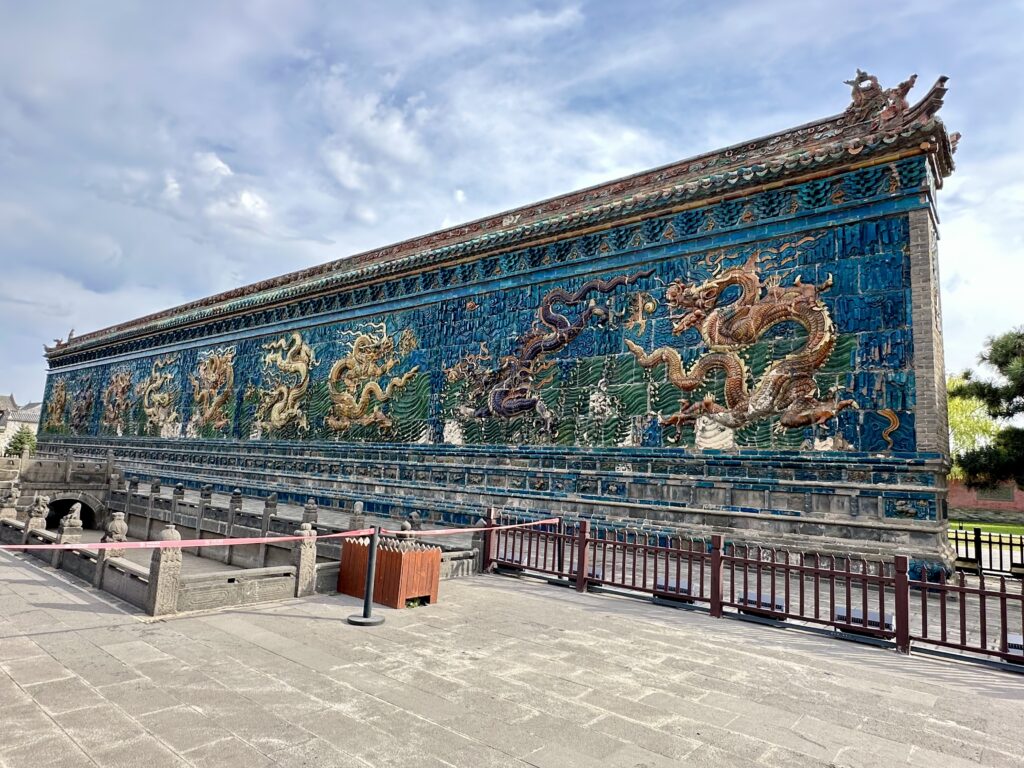
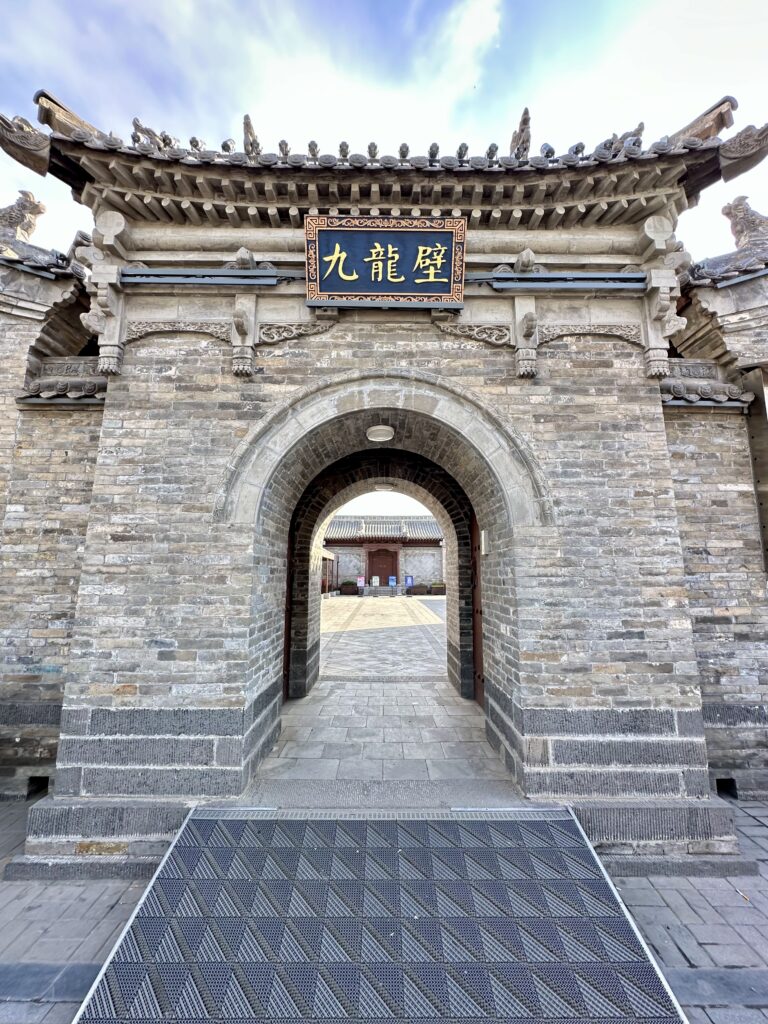
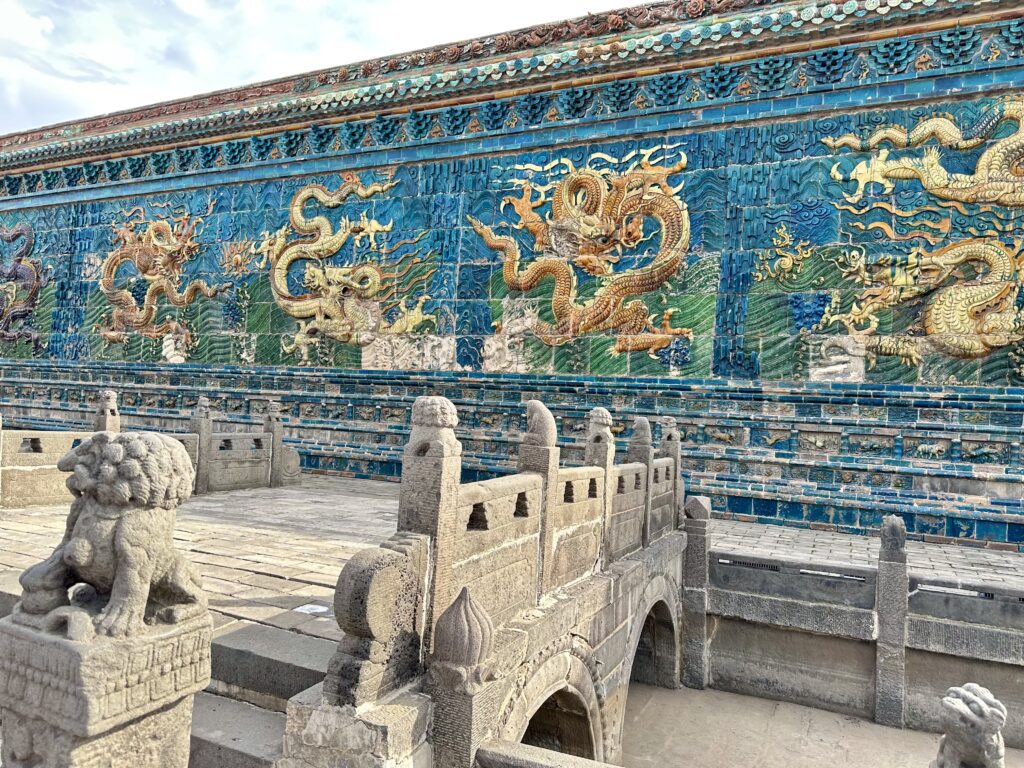
Hanging Temple (悬空寺)
The Hanging Temple near Datong is one of China’s most remarkable feats of architecture. Clinging to a sheer cliff face 75 metres above the ground, it seems to float against the mountain wall, supported by wooden beams and stuck tightly into rocks.
This unique temple was built over 1,500 years ago. Apart from its gravity-defying construction, it’s the only temple in China that combines Buddhism, Taoism, and Confucianism under one roof!
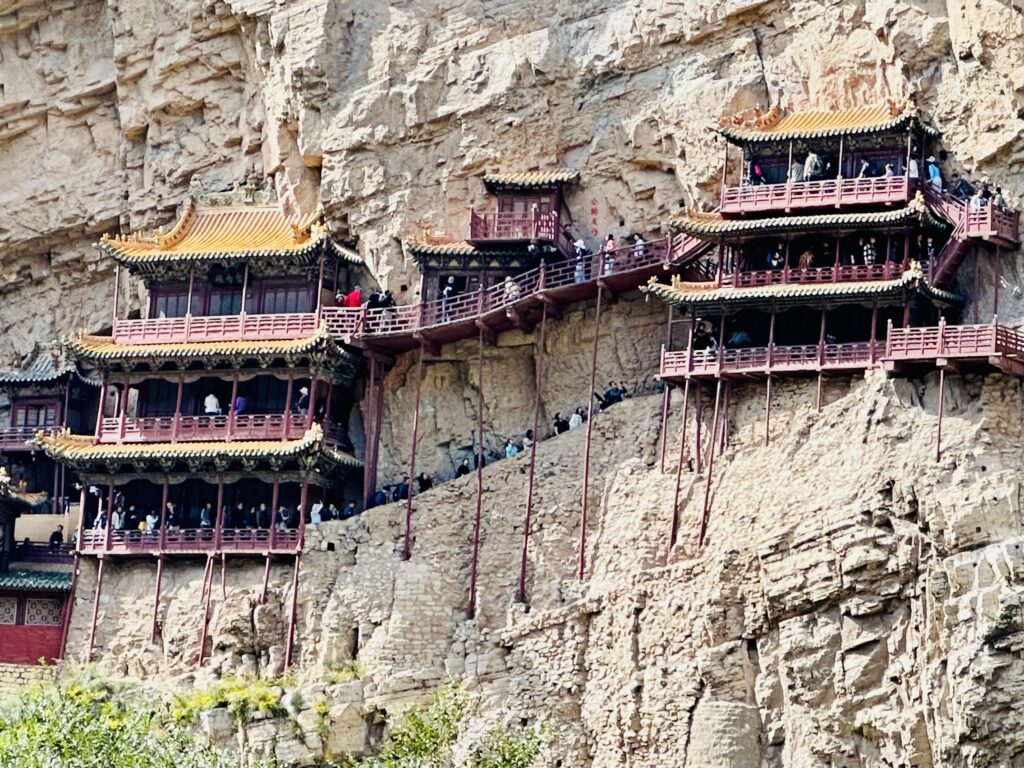
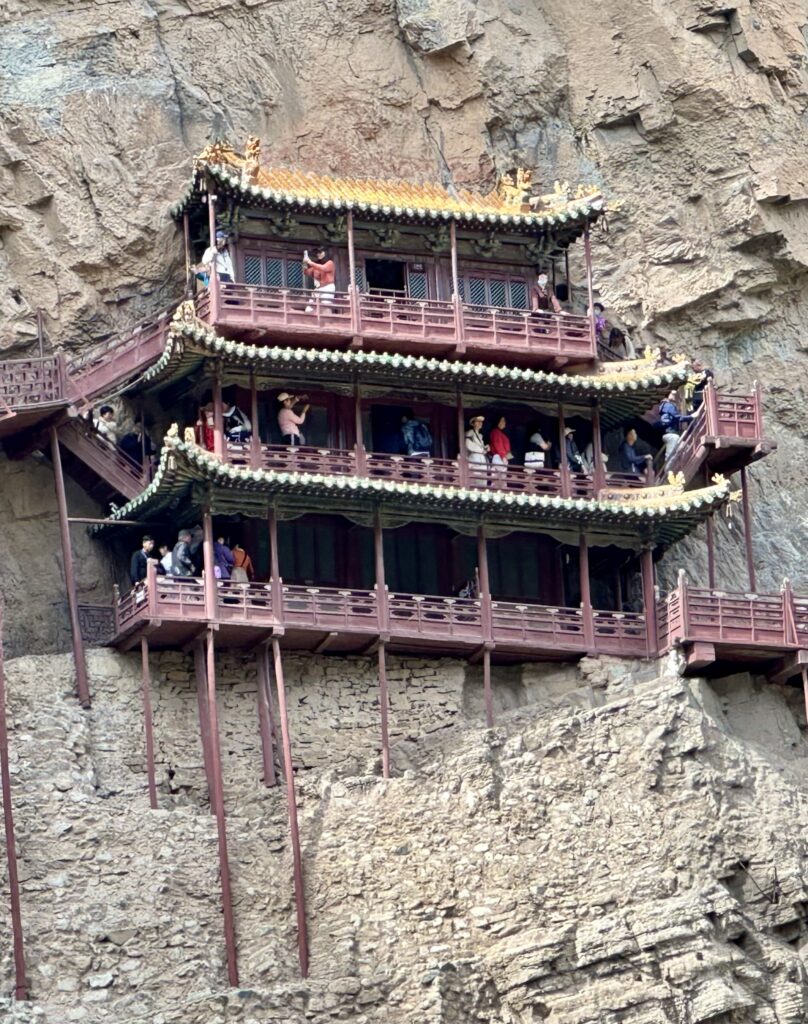
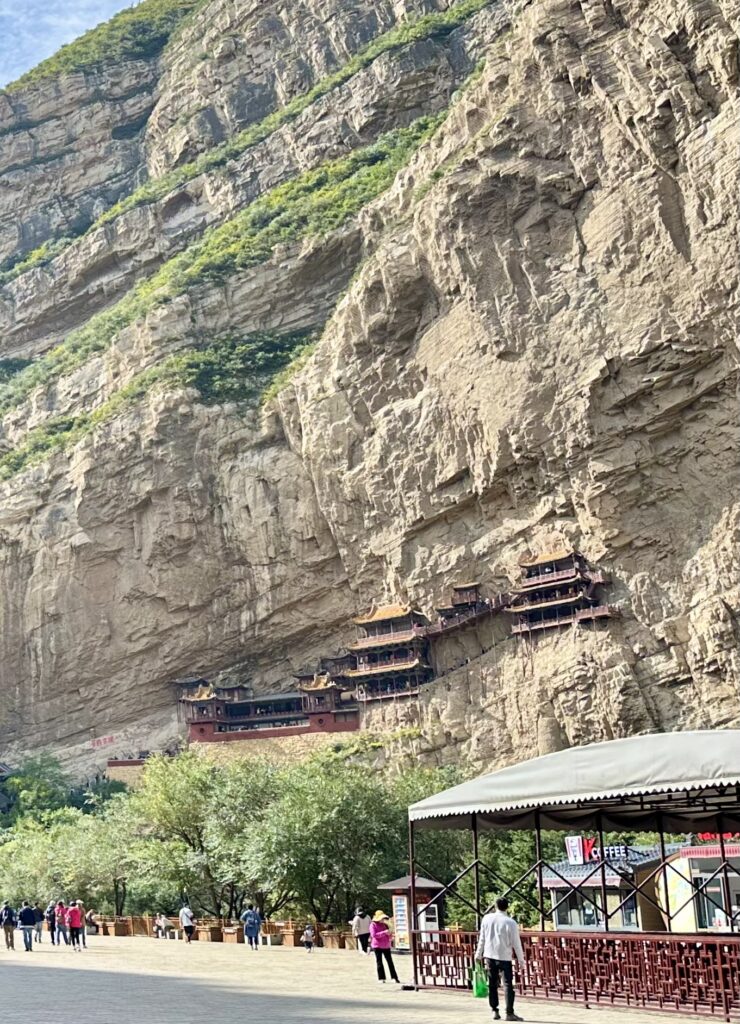
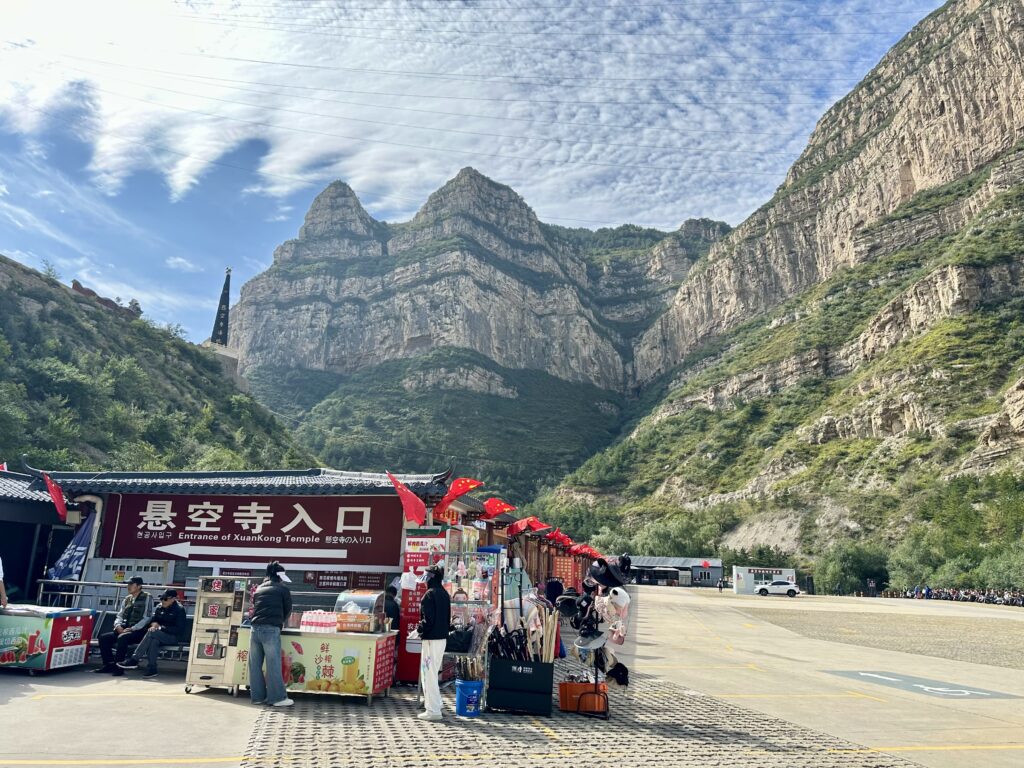
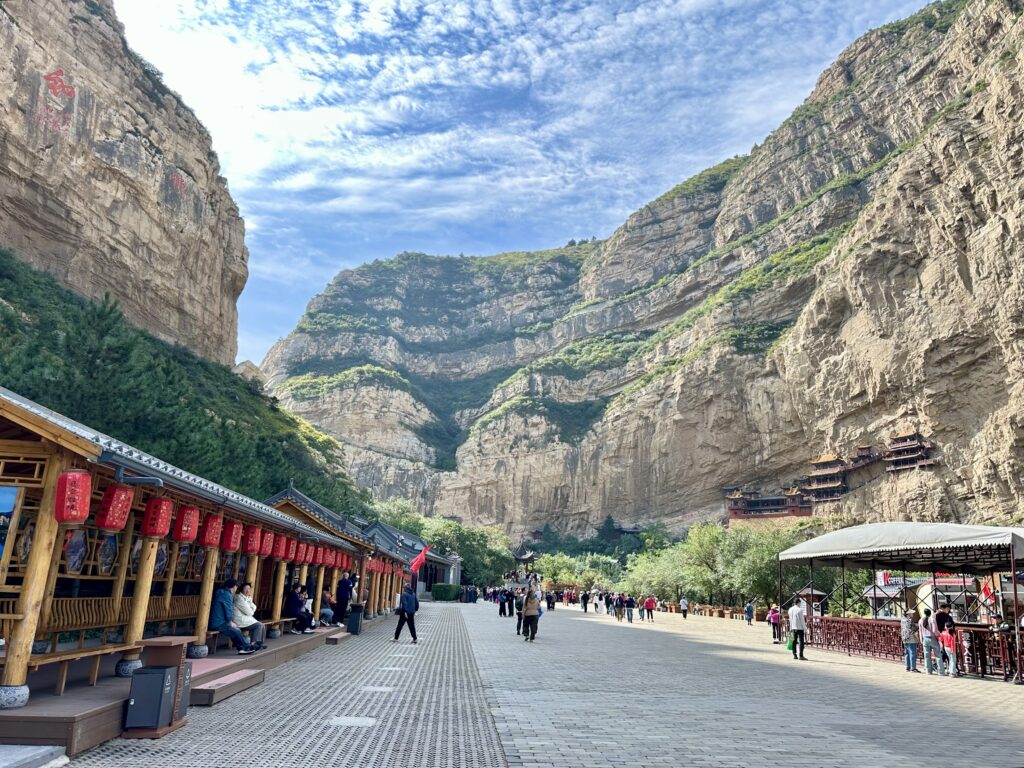
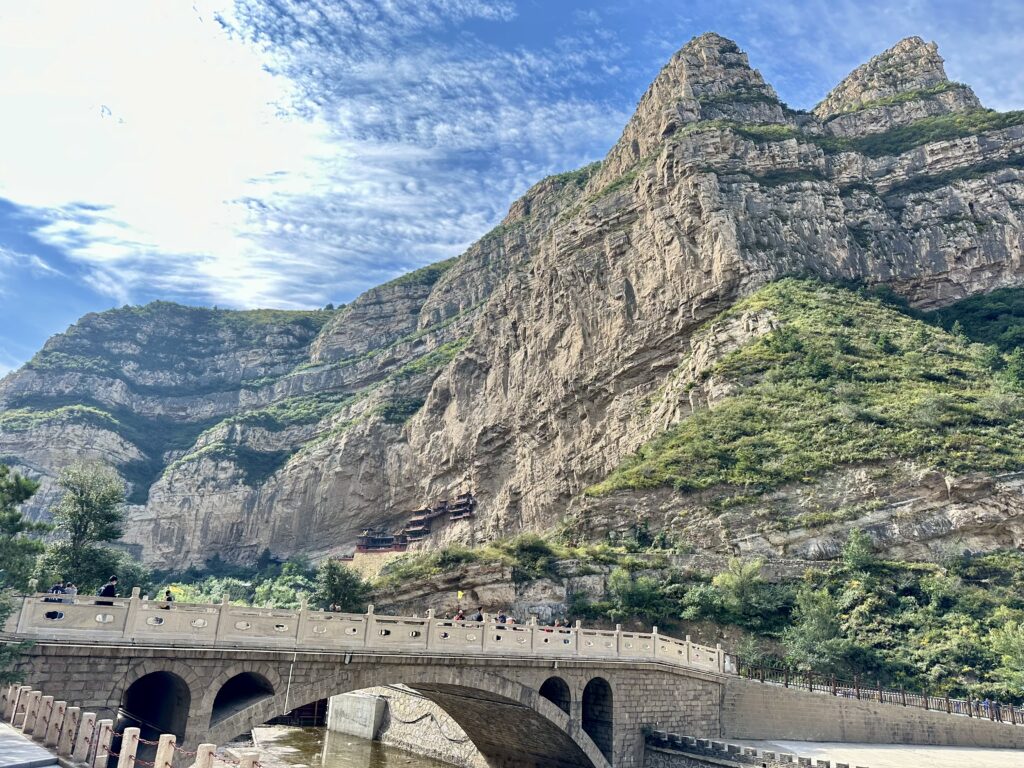
The trip to Datong, and indeed Inner Mongolia, was an education in Chinese history for me. It also convinced me that there’re more places in China to explore than the usual tourist hubs.
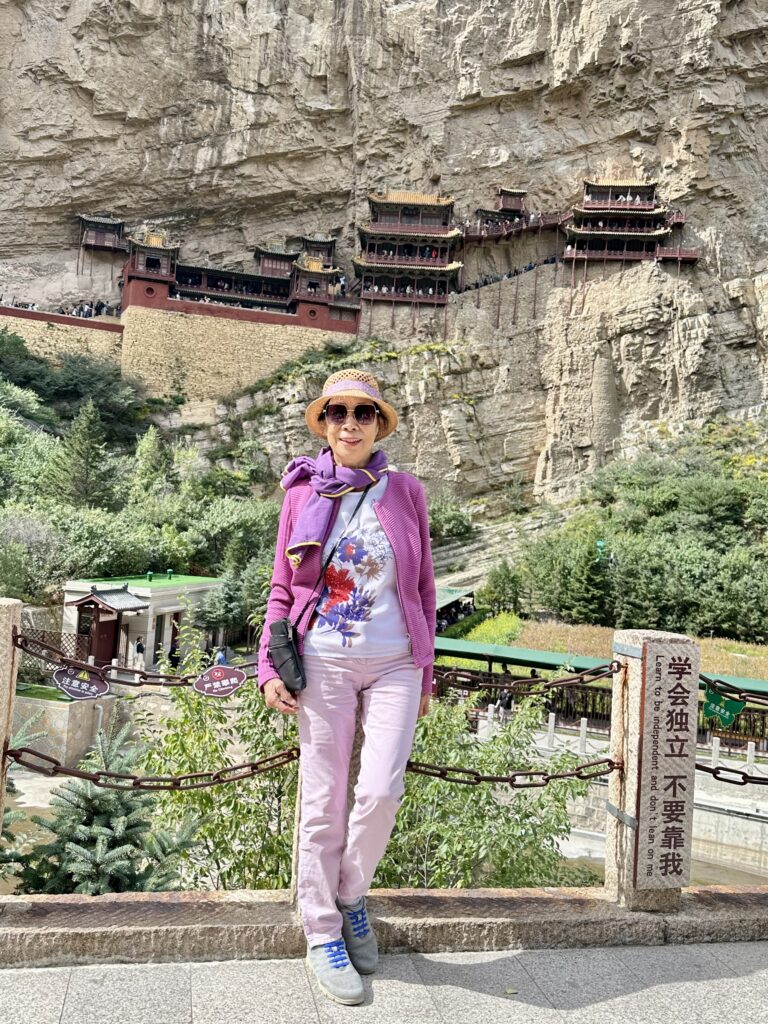
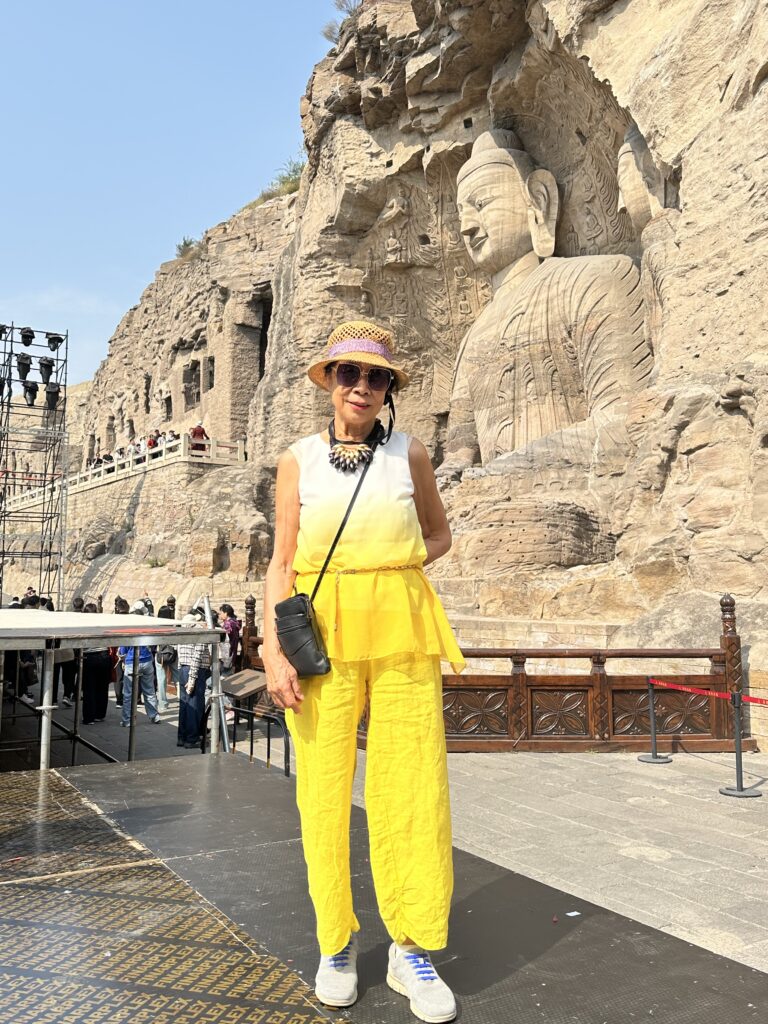
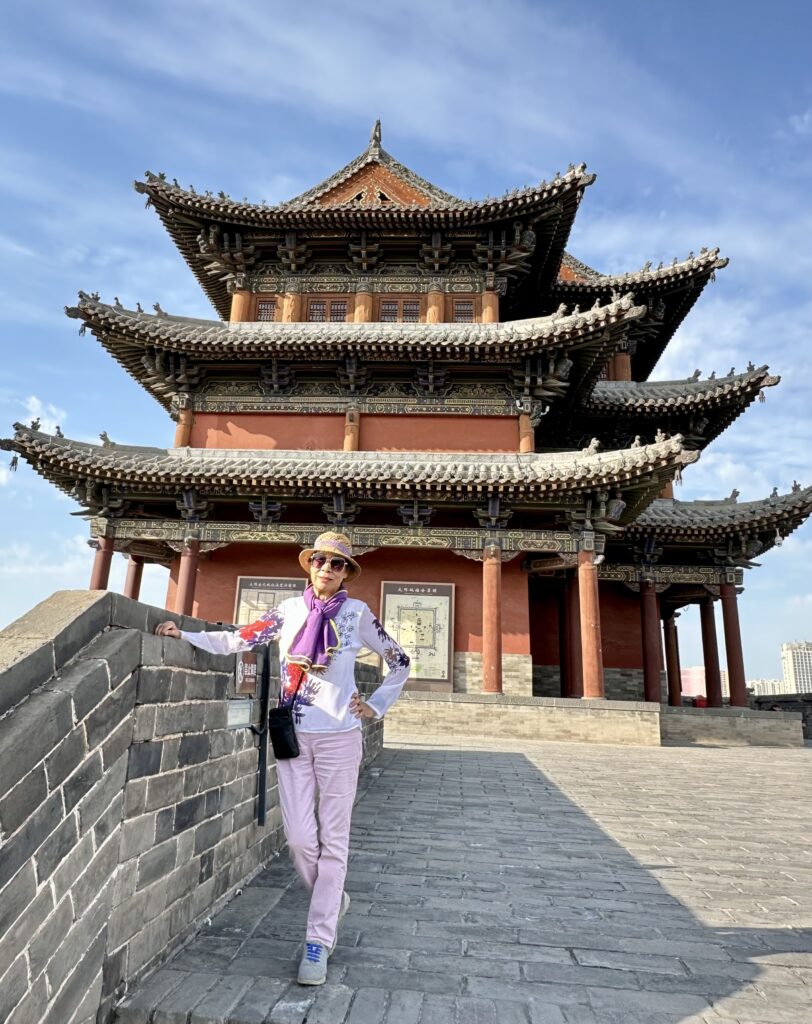
I left Datong with not only personal memories but also a fridge magnet that lights up!
